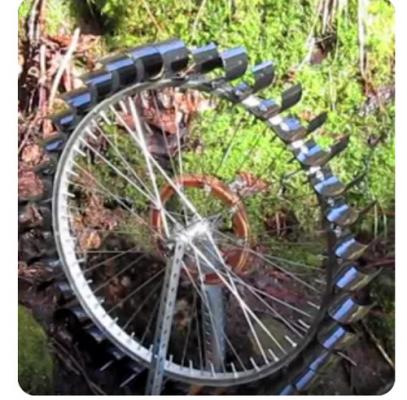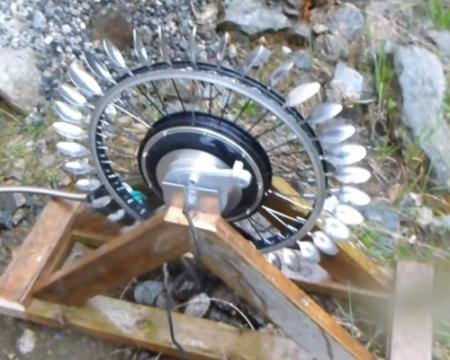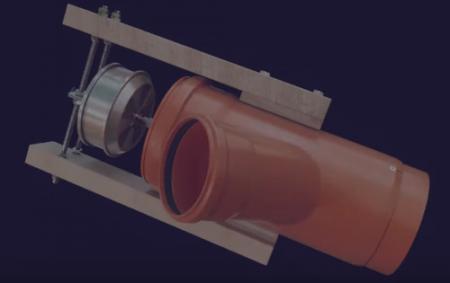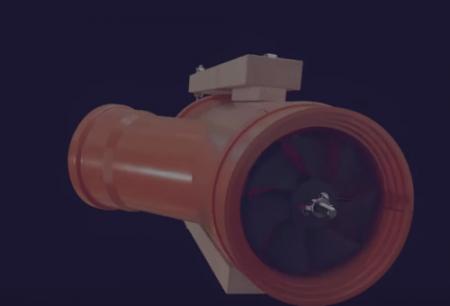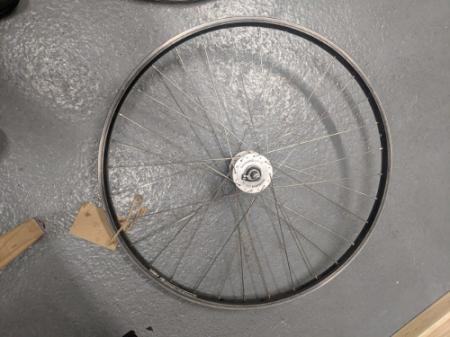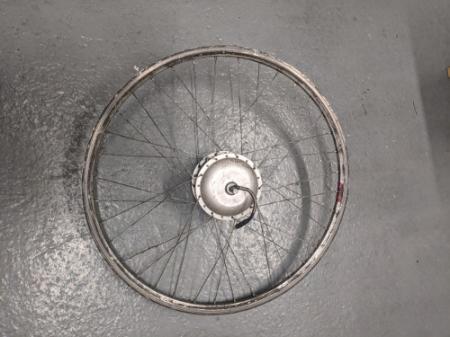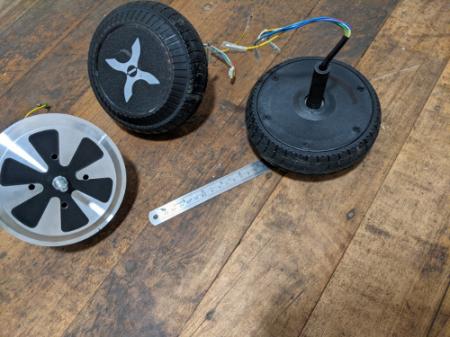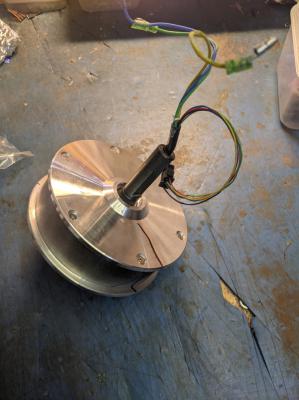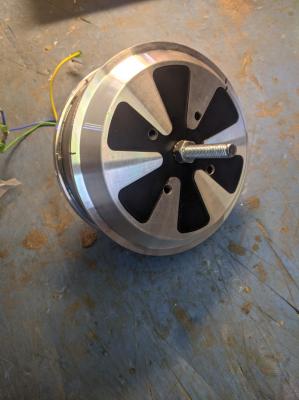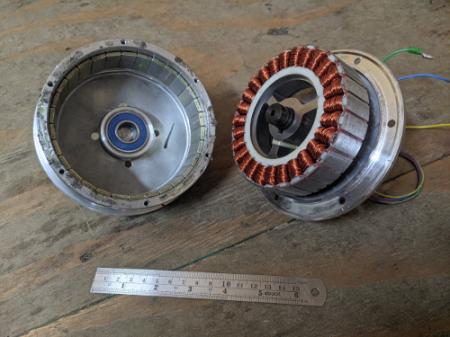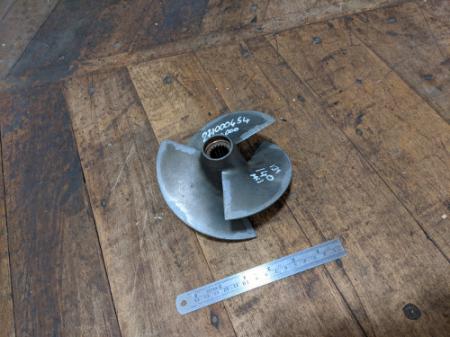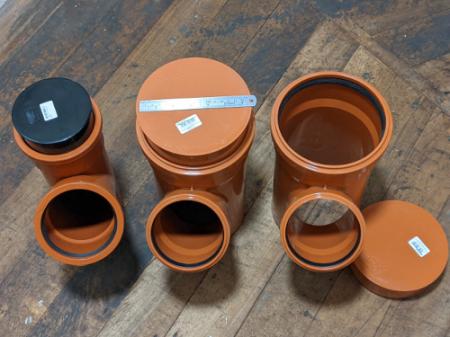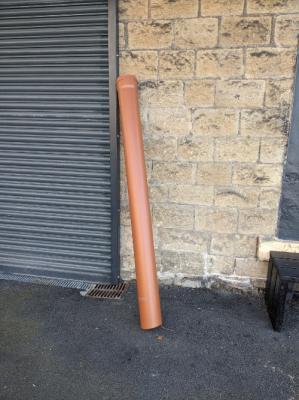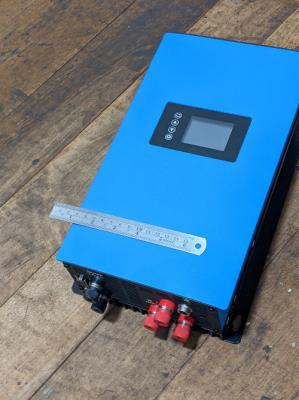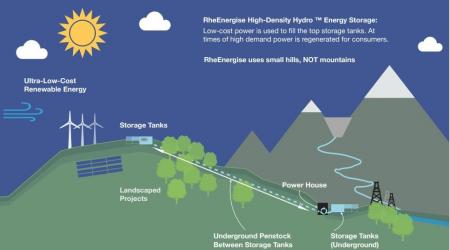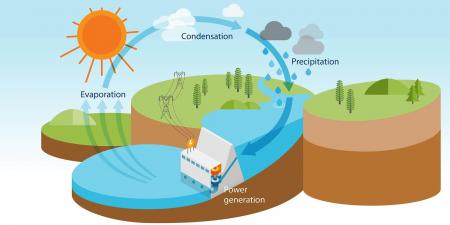When we speak of new technologies coming along to solve the climate crisis, we often think of renewable energy such as solar and hydro as a modern concept.
Cragside in Northumberland is just one example of how this viable technology has been capable of generating electricity for over a century.
Lord Amstrong was an engineer, scientist, innovator and industrialist. In collaboration with the architect Richard Norman Shaw, he built Cragside in the Northeast of England,the first house in the world to be lit by hydroelectricity. He had the foresight to question Britain's reliance on coal in the decades following the industrial revolution. Addressing the British Association for the Advancement of Science in 1863 he asked the vital question: could Britain keep up with its growing demand for fuel? At that time the concerns were wholly about the depletion of the supply of coal rather than its negative environmental impact. Yet in proving this technology could work on a large scale over a century ago he paved the way for advances in clean power.
The house, now owned and managed by the National Trust, once again runs on hydro power. In 2014 the National Trust underwent a project to reinstate the system and installed a 55metre long Archimedes screw into the stream. As the water passes down through the spiral blades, the devices uses its energy to turn the screw. The energy is converted into electricity by a generator. The system produces about 12kWs and when converted to electricity is enough to provide 10% of the estate's current energy requirements. This power is now put into the national grid rather than solely feeding the house.
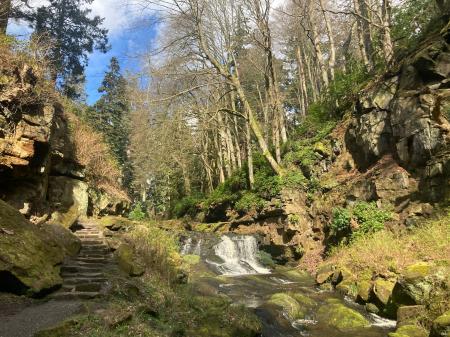
The stream flowing downhill at Cragside
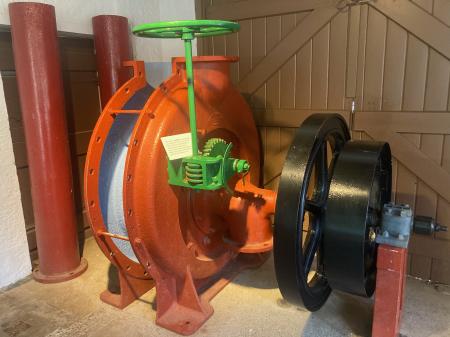
The Gilkes Turbine
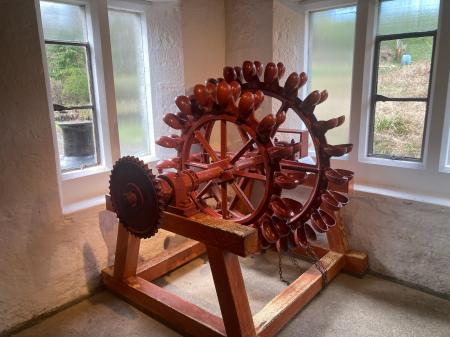
Pelton Water Wheel type of turbine invented in 1879

Good environmental news Peat Free National Trust
